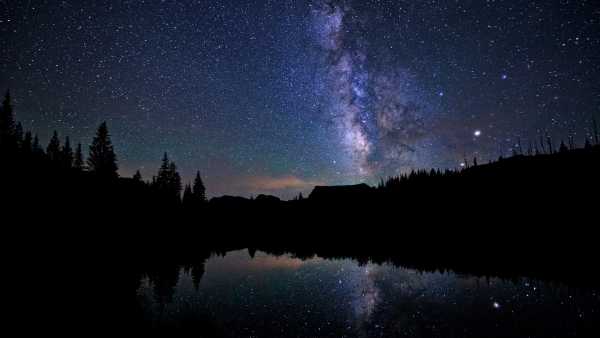
The Black Moon in August is a great chance to see the Milky Way. (Image courtesy of Adventure_Photo via Getty Images)
At exactly 2:06 a.m. ET on Saturday (August 23), the moon will enter its new moon phase—an occurrence that occurs every 29.5 days. However, this new moon will have a special name and calendar significance. Meet the “Black Moon.”
However, this phenomenon is not visible in the sky. The new moon occurs when the moon passes approximately between the Earth and the sun, making the surface of the moon invisible from Earth. So why is this new moon called a “black moon”?
A black moon is the opposite of a blue moon, and is just as rare. Like blue moons, there are two types of black moons. A new moon can be given this name if it is the second new moon in a single calendar month. This can happen when the new moon falls on or near the first or second day of the month. In this case, the second new moon is guaranteed to occur later in the month. According to Time and Date, this new moon, called a monthly black moon, occurs about once every 29 months. (The next monthly black moon will occur on August 31, 2027.)
You may like
-
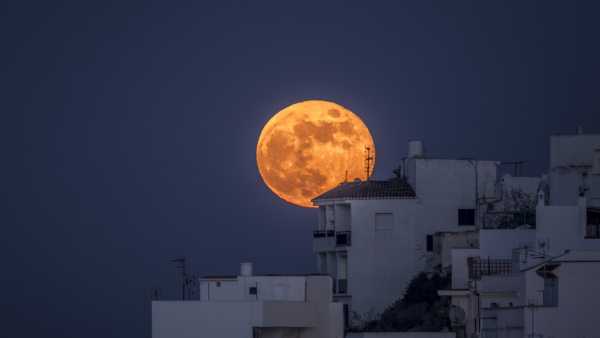
Full Sturgeon Moon Rising This Weekend
-
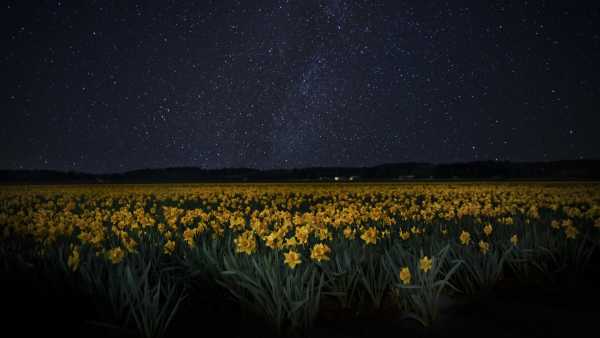
The best week for stargazing in May has begun. Here's what to see.
-

When is the next full moon?
But astronomers also use the term “black moon” to refer to the third new moon in a four-moon season. This particular calendar oddity is happening this weekend — and it's all about the new moon that occurs shortly after a solstice or equinox.
The current season—summer in the Northern Hemisphere and winter in the Southern Hemisphere—began with the solstice on June 20 or 21 (depending on your time zone) and ends with the equinox on September 22. During this period, new moons occur on June 25 (just four days after the solstice), July 24, August 23, and September 21 (the day before the equinox). This is certainly not enough time, but in one summer, there are four new moons.
The third of these new moons (August 23) is known as a seasonal black moon. This type of new moon occurs approximately every 33 months, making it slightly rarer than a monthly black moon.
—How to photograph a meteor shower
— How many meteorites fall to Earth every year?
— 10 Best Stargazing Events of 2025
While you won't be able to see the Black Moon with the naked eye, its timing provides a special opportunity for stargazers: The moonless night is perfect for enjoying summer stargazing, just when the Milky Way is best visible from the Northern Hemisphere.
The best way to get a good look at the arc of our galaxy overhead is to find a spot away from light pollution, preferably without cities on the southern horizon. Look for the three bright stars of the vast Summer Triangle to the southeast – Vega, Deneb, and Altair. The Milky Way will pass through the left side of the Summer Triangle, roughly from Deneb to Altair, and from there to the southern horizon.
Although the Milky Way is visible on any moonless night in the sky, a black moon night is a great opportunity to see it at its best.
TOPICS Milky Way

Jamie Carter, Social Link Navigator, Live Science Contributor
Jamie Carter is a freelance journalist and regular Live Science contributor based in Cardiff, UK. He is the author of The Beginner's Guide to Stargazing and lectures on astronomy and nature. Jamie writes regularly for Space.com, TechRadar.com, Forbes Science, BBC Wildlife magazine, Scientific American and many other publications. He edits WhenIsTheNextEclipse.com.
You must verify your public display name before commenting.
Please log out and log back in. You will then be prompted to enter a display name.
Exit Read more
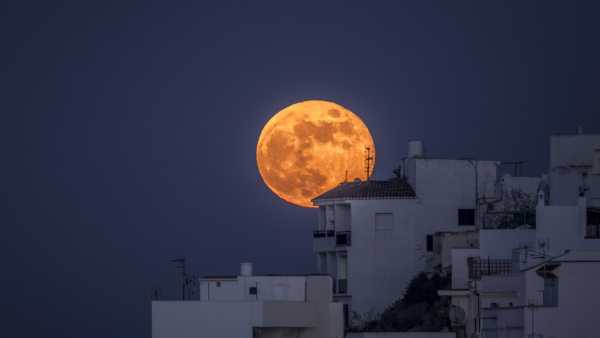
Full Sturgeon Moon Rising This Weekend
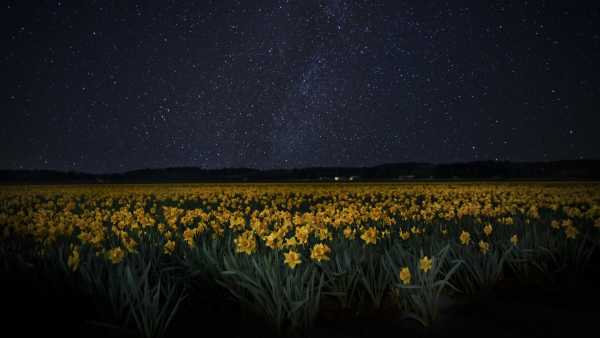
The best week for stargazing in May has begun. Here's what to see.
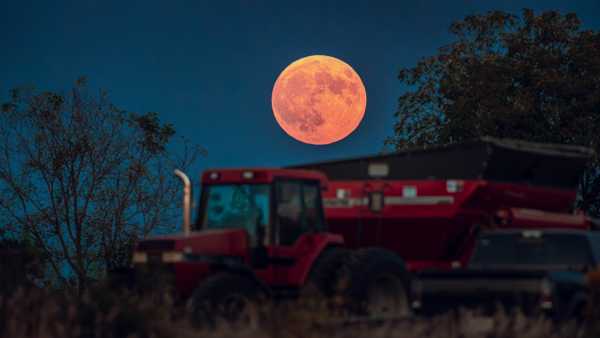
When is the next full moon?
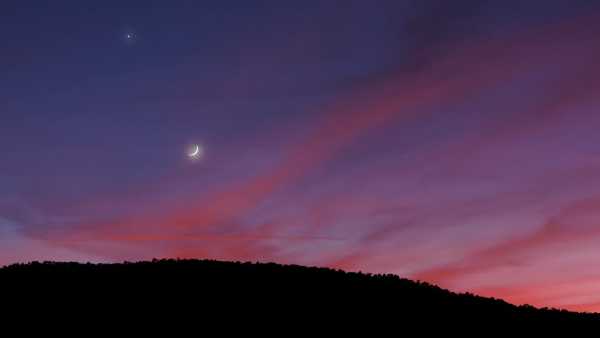
Moon, Mars, and Meteors: Why July 28 Is the Best Night of the Summer for Skywatching
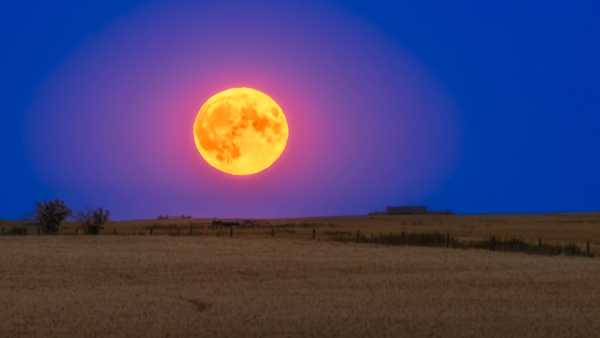
Next Week's Full 'Deer Moon' Rise: Why It's So Special
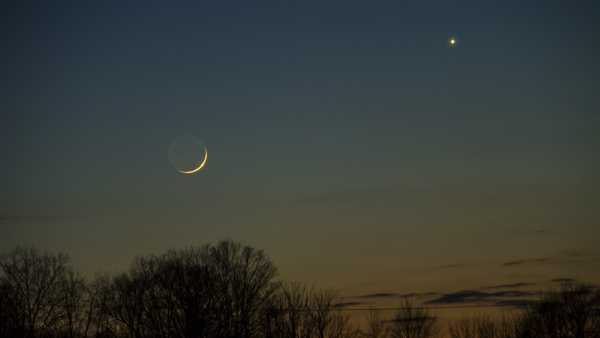
Two stunning planetary conjunctions will light up the sky later this month. Here's how to watch them. The latest on the Moon
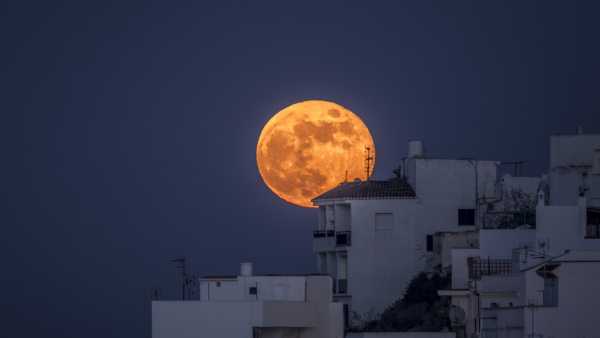
Full Sturgeon Moon Rising This Weekend
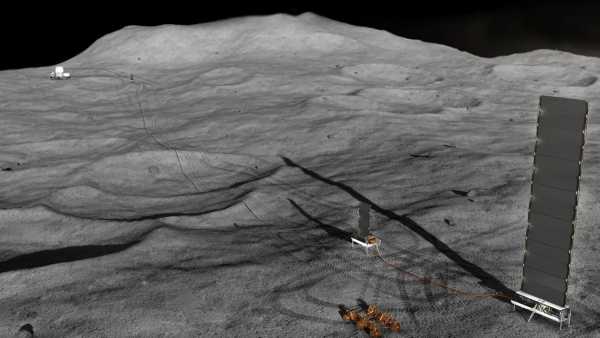
NASA Plans to Build Nuclear Reactor on the Moon by 2030
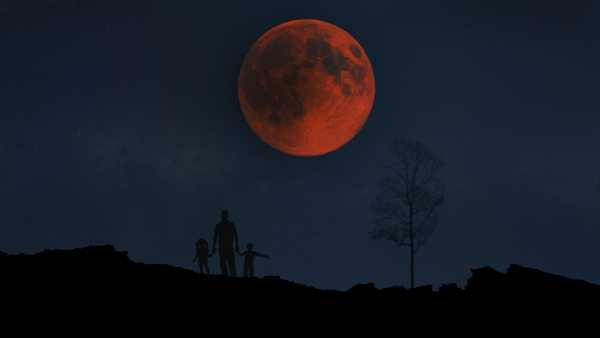
Blood Moon Coming: What You Need to Know About the Total Lunar Eclipse on September 7
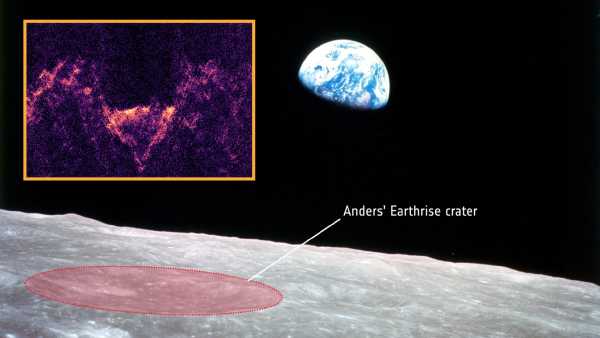
Scientists Scan Famous Earthrise Crater in Search of Alien Life in Our Solar System
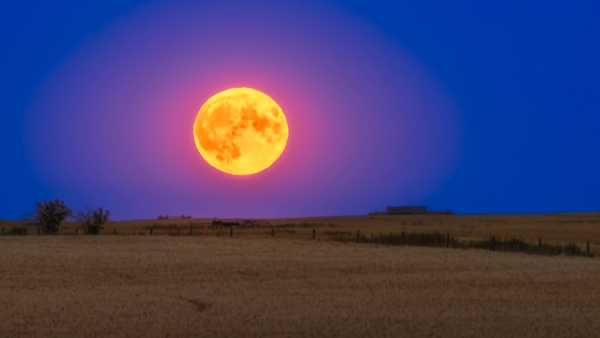
Next Week's Full 'Deer Moon' Rise: Why It's So Special
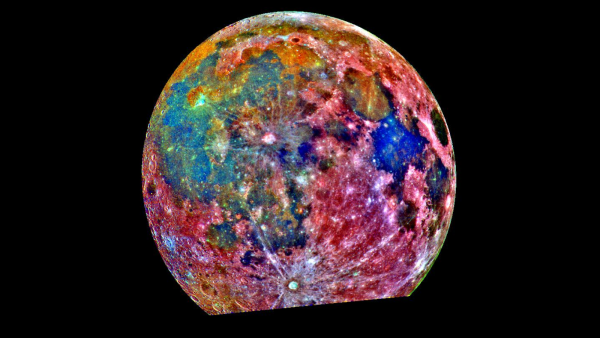
What Color Is Moonlight? Latest News

FDA warns of possible radioactive shrimp

Keratin Derived From Sheep Wool Restores Teeth, Making Breakthrough

New Brain Implant Can Decipher Human 'Inner Monologue'

Rocket-shaped jellyfish, majestic Komodo dragons and a harrowing whale rescue – meet the stunning finalists of the 2025 Marine Photographer of the Year competition

Secret X37-B space plane to test quantum navigation system scientists hope will one day replace GPS

Watch Hurricane Erin Reaches Category 5 Status as Lightning Strikes LATEST ARTICLES

1FDA warns of possible radioactivity in shrimp
Live Science is part of Future US Inc., an international media group and leading digital publisher. Visit our corporate website.
- About Us
- Contact Future experts
- Terms and Conditions
- Privacy Policy
- Cookie Policy
- Accessibility Statement
- Advertise with us
- Web Notifications
- Career
- Editorial Standards
- How to present history to us
© Future US, Inc. Full 7th Floor, 130 West 42nd Street, New York, NY 10036.
var dfp_config = { “site_platform”: “vanilla”, “keywords”: “type-news-daily,serversidehawk,videoarticle,van-enable-adviser-
Sourse: www.livescience.com





